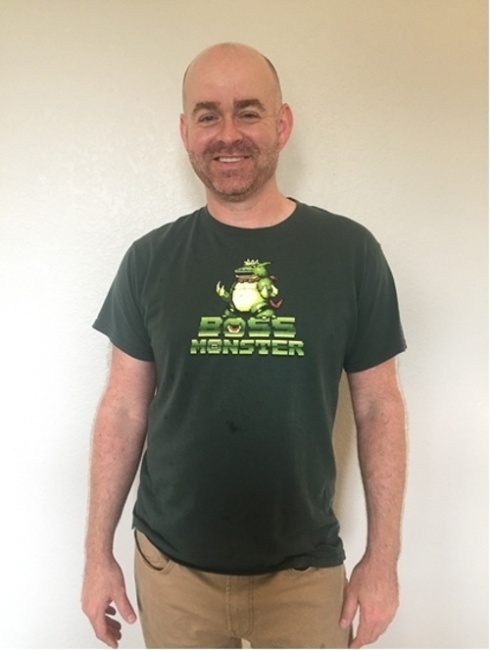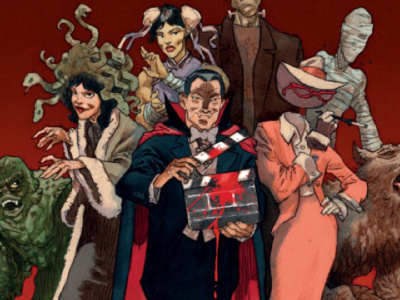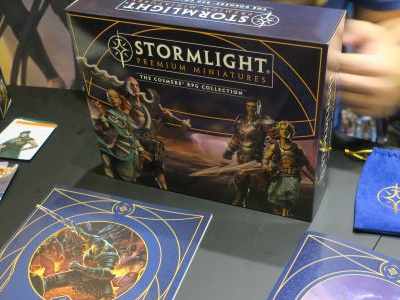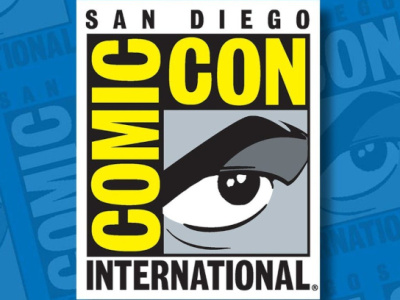Making the Game is a monthly guest column by Chris O’Neal of Brotherwise Games. Making the Game follows a year in the life of an indie tabletop publisher as they attempt to bring their third game to market. In this month's column on developing a new game, O’Neal looks at some of the final steps in getting a new game out the door.
Over the past 8 months this column has been tracking the development of Brotherwise’s latest game, Call to Adventure. We’ve talked about game design, art direction, game marketing, the new realities of selling games in today’s market, and more. I’m pleased to report that we’re almost ready to show Call to Adventure to the world, but like any long trip, the last little bit seems to take forever.
As we’re very close to launch, I thought I’d talk this month about the process of finishing a game. While I’d love to be able to report that the final push is a graceful ballet of finishing touches followed by a big group hug as we push the game out the door, it is anything but. Instead, the final few months before a game gets sent to the printers are (for us, at least) a hot mess where three separate processes compete for our attention and time. In no particular order, they are: final playtesting, file prep, and initial marketing.
It might surprise some to hear it, but final playtesting of a game is generally an exercise in saying no. After months of constant playtesting, it’s the rare game that will see serious changes in the weeks before it goes to the printer. Instead, playtesting in the last days of design is more about tweaking play balance, making sure rules are clear to all players, and informing how the game can best be marketed.
When playtesters do suggest big changes to the game – changes that would require a re-writing of the rulebook – we’re more than likely to say no. Nine times out of ten the change is something we’ve already considered and discarded, or previously changed for another reason. Every once in a while, however, final playtesting reveals a way to improve the game. In these cases, someone (usually me) has to make a very tough call. Do we hold up file prep, marketing, convention planning, etc. to make the change? Or do we push the game through as is, knowing that it could potentially have been a better game? I wish I could tell you that we always opt for the former, but it is very possible with games to get trapped in a cycle of "just one more change." At some point you’ve got to push your baby out of the nest.
So, while Call to Adventure has been kicked out to our trusted group of final playtesters, back at the ranch we are busily involved in file preparation. File prep is both tedious and delightful at the same time. Call to Adventure will have over 150 cards, 23 different Rune pieces, four player boards, and numerous chits. File prep is tedious because each of those cards, pieces, etc. has to be laid out just right; copy has to be edited, proofed, edited again; Runes have to go the CAD designer, turned around, tweaked, tweaked again. And on and on. Most of this work is done by contractors who we hire temporarily for each game, but the final review always happens in house. And of course, tweaks from the playtesting side are coming in daily. "Change the color on this one Rune," seems like an innocent enough suggestion from the playtesting side, but it’s utter misery on the file prep side.
At the same time, file prep is really a wonderful experience because you can see the game coming to life in front of you. As delighted as our players are with the look of each Brotherwise game, I can assure you that we are even more delighted. Imagine sending off an idea to an artist, waiting eagerly to see what they create, and then being blown away by seeing your bare idea brought to life in glorious color. It’s fantastic, and it’s what keeps you going when someone points out that you numbered all 150 cards in the game incorrectly.
As work is wrapping up on the development side of the house, things are just getting started on marketing. As I’ve pointed out before, Brotherwise is a small outfit. We are essentially a two-employee business that employs a number of contractors. This means that at some point towards the end of game development, someone will ask that age old question, "did anyone remember to buy ad space for this game." Panic will ensue. Tears will be shed, and then the terrific people at ICv2, Meeple Monthly, GTM, and Tabletop Gaming will find some way to find space for us in their terrific media. Announcements and Sell sheets will go out to distributors, and we’ll finally start to pay attention to social media again.
It’s a chaotic time. While the rest of the year this job allows me to balance work and home quite well, from January to April I’m usually working 10-12 hours a day. It’s hard work, it’s crazy work, but I can’t imagine doing anything else now that I’ve gotten a taste of the gaming world. Next month we’ll talk about launching Call to Adventure onto tabletops worldwide.
The opinions expressed in this column are solely those of the writer, and do not necessarily reflect the views of the editorial staff of ICv2.com.
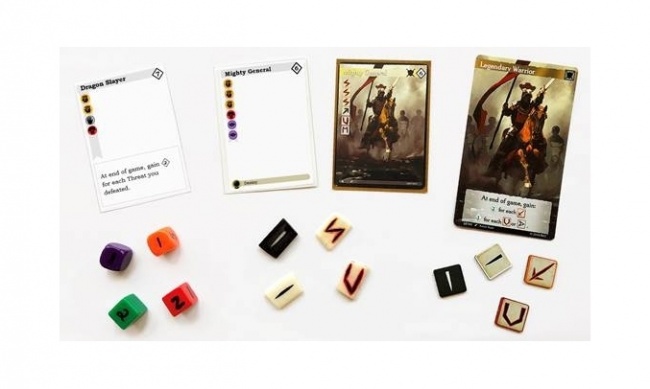
Column by Chris O'Neal
Posted by Chris O'Neal on February 12, 2018 @ 3:12 pm CT
MORE GAMES
In 'Dracula vs. Hitler'; New RPG Just Unveiled by Devir Games
August 1, 2025
Devir Games unveiled Dracula vs. Hitler , a new RPG, that will be heading to BackerKit.
For 'Cosmere RPG'
August 1, 2025
Brotherwise Games previewed their Stormlight Premium Miniatures Collection, for Cosmere RPG.
MORE COLUMNS
Column by Scott Thorne
July 28, 2025
This week, columnist Scott Thorne comments on the Edge of Eternities prerelease and on Magic: The Gathering news from the Hasbro earnings report.
Column by Rob Salkowitz
July 21, 2025
Columnist Rob Salkowitz lays out the Comic-Con panels of interest to industry professionals, current and aspiring creatives, educators, librarians and retailers.



